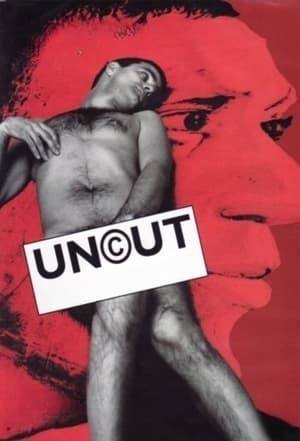
The Living Theatre - a video retrospective(2013)
The Living Theatre is an experimental company founded in New York in 1947 by Julian Beck (New York 1925-1985), painter and poet, and the actress and stage director Judith Malina (Kiel 1926), a student of Erwin Piscator. From the very beginning the group’s activities bore the stamp of social and political commitment, imbued with a strong libertarian matrix. A video montage of films and videos from The Living Theatre Archives.
Movie: The Living Theatre - a video retrospective
Top 2 Billed Cast
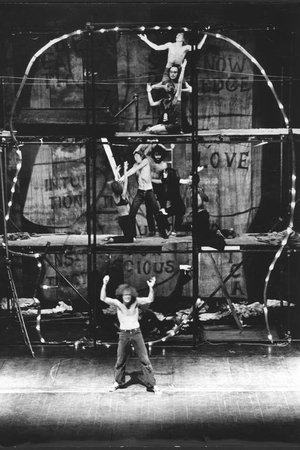
The Living Theatre - a video retrospective
HomePage
Overview
The Living Theatre is an experimental company founded in New York in 1947 by Julian Beck (New York 1925-1985), painter and poet, and the actress and stage director Judith Malina (Kiel 1926), a student of Erwin Piscator. From the very beginning the group’s activities bore the stamp of social and political commitment, imbued with a strong libertarian matrix. A video montage of films and videos from The Living Theatre Archives.
Release Date
2013-03-31
Average
0
Rating:
0.0 startsTagline
Genres
Languages:
EnglishKeywords
Similar Movies
 7.0
7.0Discovering Hamlet(en)
Journey into "Hamlet"-the play and the man-through the experiences of some of the major actors and directors who have brought Shakespeare's great tragedy to life. Christopher Plummer, David Tennant, John Nettles, John Simm, Sir Trevor Nunn, Franco Zeffirelli, Philip Saville, and others explore the enduring appeal of the Prince of Denmark more than 400 years after his stage debut.
 0.0
0.0Signals Through the Flames(en)
Signals Through the Flames is at once a history and a celebration of the Living Theatre. Founded in the late 1940s by husband-and-wife performers Julian Beck and Judith Malina, the Living Theatre was for many years the predominent American outlet for the avant-garde movement. There were occasional self-imposed exiles to Europe in the 1950s and 1960s, but the group returned full-force during the Aquarius Age to entertain a new generation of theatregoers.
 0.0
0.0Inside/Outside(en)
Truth becomes the source of creativity; actions are a result of being, not thinking. This film, INSIDE/OUTSIDE is based upon Monika’s processes over many years. Robert Golden has had the privilege of meeting and photographing some of Monika’s late work. Although her teaching is for performers, Robert has said that her gift of understanding humanity has been gifted in some small ways to him. Monika’s inspirational way of working, helps actors to find a unity between their inner psyche and its outer expression. The 46-minute film shows a precise description of her work. Monika explains it in detail along with thoughts about movement, performance and theatre. The insightful and entertaining book and film are relevant to actors, dancers, Laban yoga, Feldenkrais, Pilates and other sports and movement systems and to people working with children.
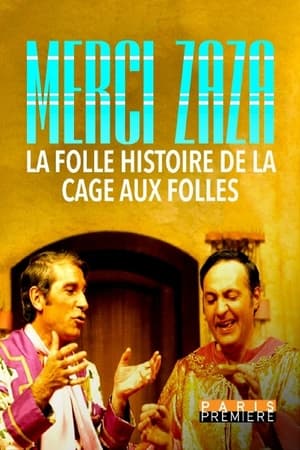 9.5
9.5Merci Zaza - La folle histoire de la Cage aux Folles(fr)
A look back at "La Cage aux Folles", which ran non-stop for five years, from February 1973, on the stage of the Théâtre du Palais Royal in Paris. At a time when homosexuality was considered a crime by the law, Poiret and Serrault achieved great success in boulevard theater. Their success continued on the silver screen, with three Oscar nominations and a Broadway musical. Combining never-before-seen archives from the play, extracts from the film, confessions by Poiret and Serrault, and interviews with witnesses, this is the story of a wild epic.
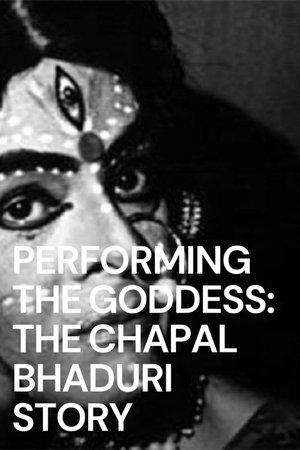 6.0
6.0Performing the Goddess(bn)
"Chapal Bhaduri, a leading lady of Bengal’s traditional folk traveling theatre-in-the-round, the Jatra, spent his life playing women. This film is an intimate biography that brings you face to face with this unique individual, sharing what it means to him to become a woman night after night, talking of the woman inside his body, of troubled sexuality, of a long partnership with his older lover, of the loneliness of living on the edges of conventional society–and showing how he metamorphoses into the goddess to perform her story." - The Bangalore International Centre
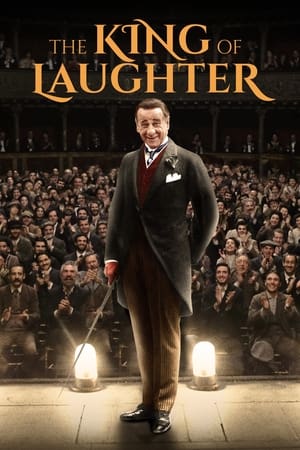 7.5
7.5The King of Laughter(it)
In early 20th-century Naples, a theatrical parody lands beloved thespian and playwright Eduardo Scarpetta in court, facing a malicious lawsuit that could compromise his freedom of expression and the economic security of his extended family—including his son's, young Eduardo De Filippo.
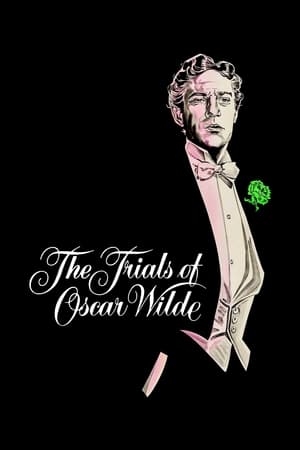 6.4
6.4The Trials of Oscar Wilde(en)
England, 1890s. The brutal and embittered Marquis of Queensberry, who believes that his youngest son, Bosie, has an inappropriate relationship with the famous Irish writer Oscar Wilde, maintains an ongoing feud with the latter in order to ruin his reputation and cause his fall from grace.
 7.0
7.0Slash: The Making of Apocalyptic Love(en)
It explores a behind the scenes look at the Making of the Record.
 0.0
0.0Play Ball with Babe Ruth(en)
A serial of short instructional films using footage of Babe Ruth to explain the fundamentals of playing baseball.
 5.2
5.2Todo Todo Teros(en)
Basically an artist is also a terrorist, the protagonist thinks in an unguarded moment. And if he is a terrorist after all, then he might just as well be one. Not an instant product, but an experimental feature in which diary material is brought together to form an intriguing puzzle.
 0.0
0.0Taon Noong Ako'y Anak sa Labas(tl)
Filmmaker John Torres describes his childhood and discusses his father's infidelities.
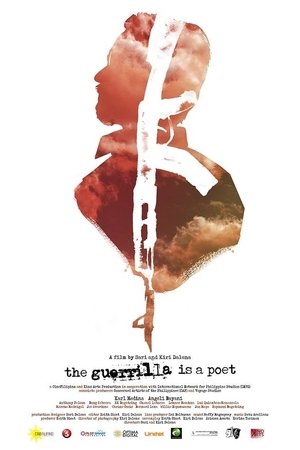 0.0
0.0The Guerilla is a Poet(en)
The tale of an activist’s journey during the turbulent years of Martial Law, until his capture in the mountains and the dark, nine years of imprisonment that followed, leading to his birth as a poet.
 5.9
5.9The Search for Weng Weng(en)
The bizarre history of Filipino B-films, as told through filmmaker Andrew Leavold's personal quest to find the truth behind its midget James Bond superstar Weng Weng.
Atlas(en)
The concept of machine-made knit was known as early as the 1850s, but it was only during the 1920s that the quality of the material had improved. When the plant known as "Atlas" was introduced in 1931, the shop windows drew a lot of attention, and Aho & Soldan was ordered to make a promotional film. In this well-paced film, we see the jersey production step by step.
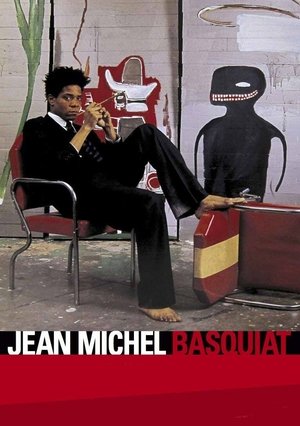 8.0
8.0Basquiat, Une Vie(en)
From Brooklyn to the Bronx, Soho to Greenwich, Union Square to Wall Street... Join us and the friends, collaborators and gallery owners who supported Jean-Michel Basquiat throughout his life. The first ever recognized graffiti artist, who saw international success as a neo-expressionist painter in the 80s, Basquiat is a true contemporary hero who died at the peak of his career.
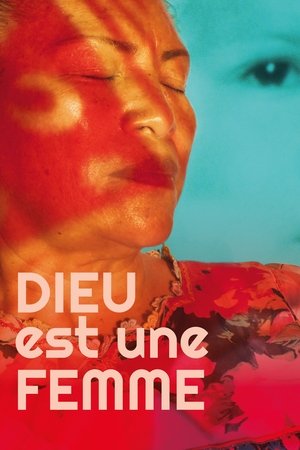 6.2
6.2God Is a Woman(fr)
In 1975 French Oscar-winning documentary filmmaker Pierre Dominique Gaisseau traveled to Panama to make a film on the indigenous island-dwelling Kuna people. Accompanied by his wife and their daughter, Gaisseau lived with the Kuna for a year, gaining their trust and filming their most intimate ceremonies. He promised to share the resulting film with the community, but that never happened. Fifty years later, the Kunas are still waiting to discover “their” film, now a legend passed down from the elders to the new generation. One day, a hidden copy is found in Paris…While uncovering this fascinating story with humility and warmth, Swiss-Panamanian filmmaker Andrés Peyrot succeeds in capturing a true sense of culture and place. The result is simultaneously a cautionary tale raising questions around how and why documentaries are made and for whom, and a testament to the power of what it means to see yourself on the big screen.

